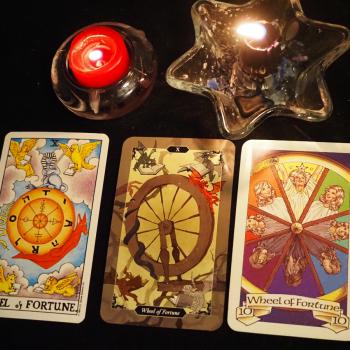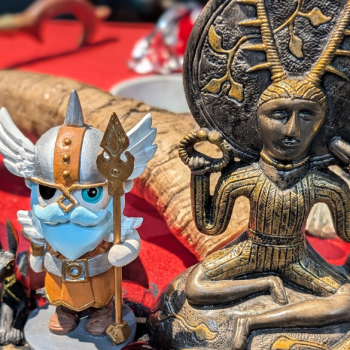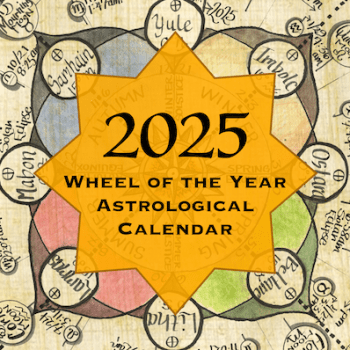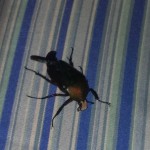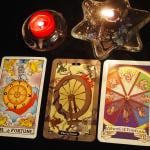Monday night, shortly after midnight, I was pulled from my bed by the strangest sound. I had been reading when I heard it, and at first I thought it was a cow, or maybe the sheep dog down the lane. But when it came again I didn’t recognize it, so I crawled over to the window-seat and leaned out of the upstairs window, hoping to hear more clearly. The valley below was shrouded in a thin mist, which was illumined under a cloudy sky. It was deathly still, with not a whisper of wind. Then the call came again, just behind the house, either on the lane or in the pasture, between the house and the Ring Fort.
sionnachuighim
Turn the Volume UP
There is much rubbish about ‘Celtic animal totems’ on the internet, and while fox does play a role in some Irish folktales, there is scant mention in the mythologies. Yet there are tantalizing glimpses of Sionnach in some Irish historical manuscripts, as well as in the remains of human sacrifice! The 17th century historical chronicle, The Annal of the Four Masters, notes a descendent of one of the southern branches of the Uí Neill gaining the nickname “An Sionnach“, which was then passed down to his son, Bec An Sionnach Odhar and eventually stuck as a surname. There is debate as to how the original man, “The Sinnach Finn, i.e. Tadhg Ua Catharnaigh”, came by the nickname “fox” but it was either his skill at ‘acquiring’ land, his murder of an esteemed poet, or his B.O. (seriously, it could have been because of his strong smell). If the name was associated with skill in land ‘acquisition’, it reinforces the image of fox as wily. If the odor bit was the cause, well what can I say — fox is known for his strong musk (and so are some Irish men)! But, the murder bit is really intriguing. In Ireland, poets were of high social ranking. To kill one put you on the path of outlaw–someone ‘outside’ the bounds of ordered society–as the Fianna were seen to be. And notice, the original ‘Fox’ was referred to as “The Sinnach Finn”. Which leads me to human sacrifice….
The Lindow Man, a bog body found in England outside modern-day Manchester, is a great example of an Iron Age sacrificial victim. He suffered a triple-death (throat cut, strangled, and hit on the head), was placed in a liminal space (bog), and was found naked, except for the strip of fox fir on his left arm. Leslie Jones, in a paper presented at the March 2000 Celtic Conference in California, argues that fox fir was used to identify the victim as a ‘sacrifice’. She offers historical evidence, from other areas of the world that also practiced human sacrifice, demonstrating that the fox arm-band was “part of the rationalization process involved in the performance of scapegoating a human sacrifice”. Fox is seen as an ‘outlaw’ animal, living on the periphery of human society, neither domesticated nor fully wild. It is this ‘outlaw’ function, by breaking societal taboos or living outside them, that warrants the sacrifice–or allows it.
So, just how are Tadhg Ua Catharnaigh and human sacrifice relevant to my hearing Fox cry at midnight, in the deathly quiet of a Lughnasadh night?
sionnachuighim
I play the fox.




